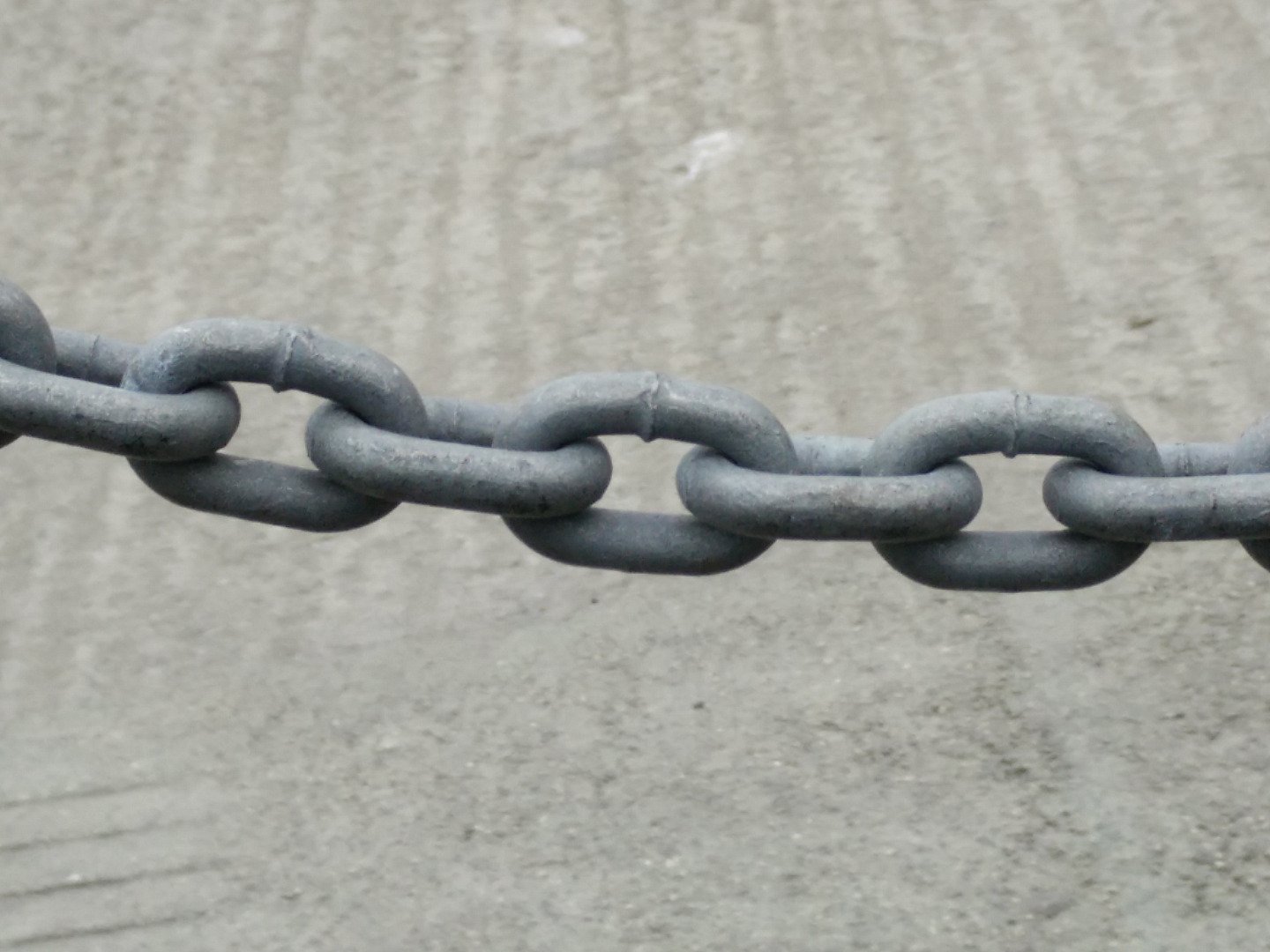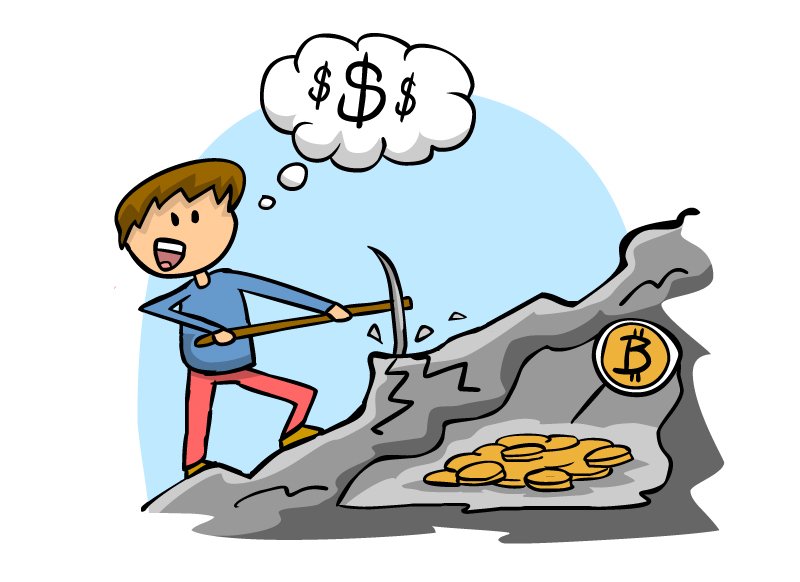The story of Blockchain began with Bitcoin. An innovation which linked a digital token to a secure chain of online digital records. There was suddenly an incentive for a network of computers to support the network and keep it honest.

There is now no longer a need for a central authority to have the final word.
This is post 2 in series of posts. Part one is available at blockchain-beyond-bitcoin
This post provides an introduction to digital currencies, which underpin Blockchain technology. You cannot understand Blockchain without a basic understanding of Digital Currenices!
I introduce here a way to conceptualise digital currencies (Digital Cash or Digital Assets).
I will develop these concepts of Digital Cash and Digital Assets further in later posts.
Why do Digital Currencies have value?
Dollars and Euros have value because they are scarce and are created by a group of people, an economy, as a way to share and store effort that has been put into their economies.
- Someone spends their whole life working as a teacher and saves in Euros for their pension. When they retire they can use their savings and buy things from people who are still working.
- People who don't like housework trade effort spent blogging on Steemit to pay someone to clean the house once a week.
Two useful ways of thinking of currencies are; as a store of value and a way to trade your specialisation for someone else's specialisation.
Not all currencies are equal as we will see, it is useful to put digital currencies into two buckets.
Nothing like hard work...
The creation of Bitcoin involves computers putting in effort to support the network.

Because real world effort has been put in to create Bitcoin, value has been created and its this value that is effectively stored in the digital token.
- People who put in the effort (Miners) are happy to exchange the reward (Bitcoins) for goods and services or store up for later use.
- People who dont know how to, or want to, mine bitcoins are happy to work in other ways to produce goods and services which they then can exchange for Bitcoin to store their time and effort for consumption at a later time.
The belief by both groups is that Bitcoin; has value, is secure and that it will have an equivalent value at a later date.
The key point for currencies in general is, as more participants get involved in the economy the value of that economy grows.
Why is Bitcoin a Digital Currency?
This is a question that is often asked in the pub, “Its not real like Euros its just on a computer!”.
My answer is I can put Bitcoins on a Bitcoin Debit Card and go into any pub and pay for my drink with it. How is that any different than paying with a credit card in Euros?
In fact many of the features of Digital Currencies are exactly the same as Euros or Dollars.
- As described earlier effort was put in to create value by all parties involved.
- This value is kept account of in a token in much the same was as keeping wads of cash in your pocket after a hard days work.
Why is there more than one Digital Currency?
There are over 700 coins listed on coinmarketcap.com. Why so many different coins? What distinguishes them?
In order to understand the mechanics of the price of these coins and why some are more valuable than others its useful to divide these coins into two groups which have very different features; Digital Cash and Digital Shares.

Digital Cash
The coins in this group; Bitcoin, Litecoin, Monero, Dash, Ethereum, Shadowcash, Zcash... all have a few common properties.
- They are part of an economy.
- They act as a unit of exchange for goods and services.
- They are a store of value which can be deferred for use or exchange at a later time.
These features are in common with the way Dollars, Euro and Yen operate in the 21st century. There is nothing special about a 50 Euro note or a bitcoin. Its the economy that a currency is linked to that makes the currency cash. “Real” money is basically a way to convert and exchange time and effort you put in now for use at a later time.
Digital Shares/Assets
In the second grouping I put coins such as; Maidsafe, Factom, Augur ... which are more akin to shares in a company.
Indeed the term has been coined “Initial Coin Offering” (ICO) similar to Initial Public Offering which companies use when they list shares on the stock market for the first time.
These coins are issued, and as they are digital tokens they can also be exchanged for goods and services, but they are more analogous to owning shares in a company. Their value is derived from the value of the company behind the coin.
As the company grows and the company offers goods and services the value of the coin will grow. Indeed many of the coins in this category are not mineable and are released by the creators in exchange for initial investments.
A Classification System for Digital Currencies
Coinmarketcap lists over 700 currencies. Everything from Bitcoin to Nutcoin. Anyone can create a coin and anyone can invest in their favorite via an exchange.
This post is part of an introduction to Blockchain so I want limit discussion of coins in this post but I will develop the idea for a classification system of the leading coins in use today in a further series of posts.
How do put a value on digital currencies?
I am not very interested in technical analysis of prices and day trading. This is driven (like Euro/Stg currency markets) by a host of factors including real life Gordan Geckos. Just look at the launch of Zcash in the last few days. 3300 Bitcoins for one ZEC :)
Bubbles and hype are difficult to predict. I am more interested in putting a fundamental value on the different currencies. I actually believe the bubbles and actions of whales are quite damaging to fledgling businesses who are trying to innovate and develop new technologies.
Link coin value to its Economy...
I compare the coins in the first group (Digital Cash) to fiat currencies in the offline world. Here different currencies have exchange rates mainly because different economies produce different goods and services at different rates. The value of Euros and Dollars are a way of comparing how much work has been produced one economy compared to another.
When the Euro is strong against the dollar it reflects that more work and value has been created by the the people in Euro Economies compared to the Dollar ones. Europeans have stored their value creation; making cars, making cheese for consumption at a later time.
When you think of Digital Currencies like this you can start to ask meaningful questions such as:
- What economies does the coin support?
- What is the size of that economy?
- How is that economy growing?
Coins in the second group (Digital Shares) are a very different beast and are more analogous to shares in a company and would be valued according to what they produce. For these coins the meaningful questions are:
- What services are these companies producing or likely to produce?
- How much revenue are or will they be generating?
Other Posts in this series
Blockchain – Beyond Bitcoin
Blockchain – Beyond Bitcoin (Part 3) Banking
Blockchain – Beyond Bitcoin (Part 4) Trade / Ecommerce
Blockchain – Beyond Bitcoin (Part 5) Investments and Insurance
